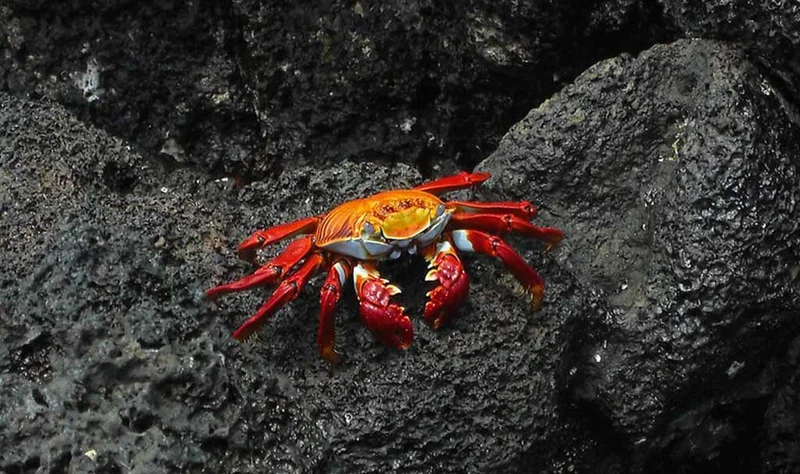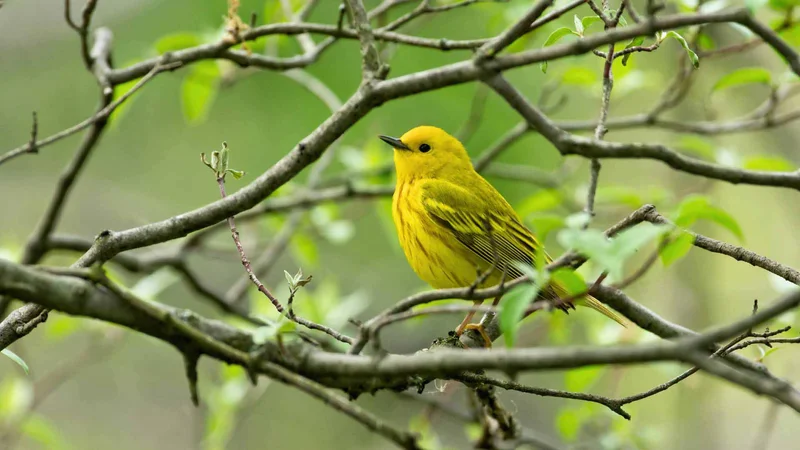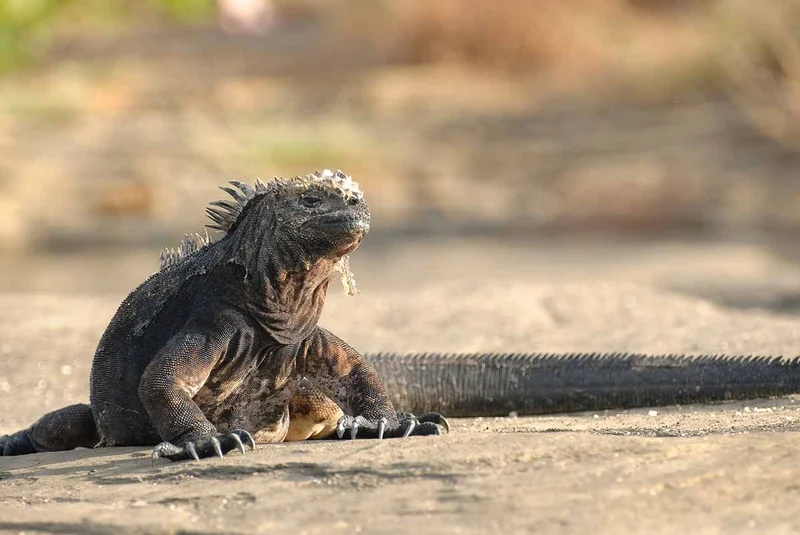
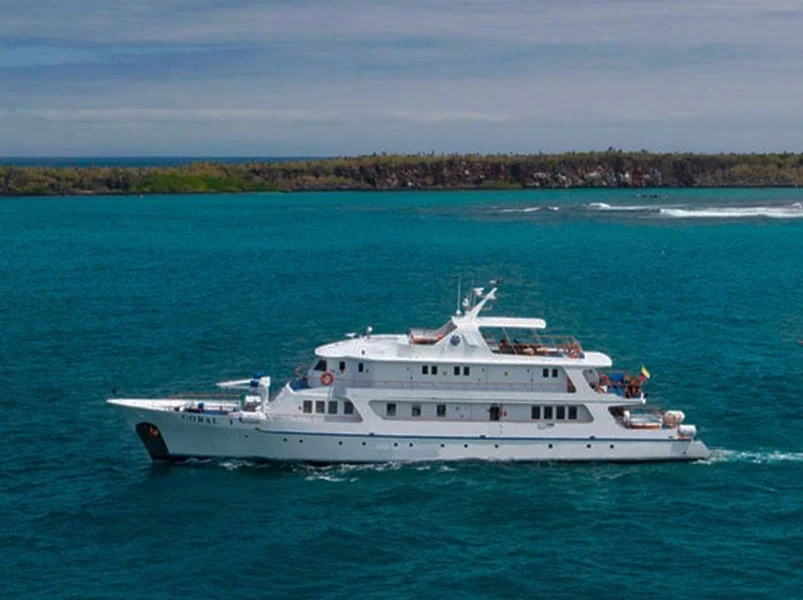
Experience the best of the Galapagos with this 4-day adventure. Visit the Charles Darwin Station, explore wildlife-rich Mosquera Islet and North Seymour, and enjoy the biodiversity of Santa Fe and South Plaza Islands. Conclude your journey at San Cristobal’s iconic Kicker Rock and Cerro Colorado, home to the majestic giant tortoises.
4 Day Galapagos Itinerary
Day 1: Santa Cruz Island: Charles Darwin Station
Departure from Quito or Guayaquil to Baltra Island (2 ½-hour flight). Arriving in the Galapagos, passengers are picked up at the airport by our natural guides and taken to a ten-minute bus drive to the pier to board the M/Y Coral I or M/Y Coral II.
Charles Darwin Station
Dry landing. We visit the Station where the Galapagos giant tortoise breeding program takes place as part of our efforts to preserve the fragile Galapagos environment and where the famous Lonesome George (the last surviving specimen of his species) lived for decades.
Admire a prickly-pear cactus forest and variety Darwin’s finches and other land birds. The Darwin Station also works providing environmental education to the communities, schools, and tourists visiting the Galapagos Islands. You will also have some free time to visit the town and shop for souvenirs.
Day 2: Mosquera Islet & North Seymour Island
Mosquera Islet
Wet Landing, Mosquera Islet is located between North Seymour and Baltra Island. This flat, sandy island has a large colony of sea lions. It is also an excellent site to observe shorebirds such as herons and lava gulls. There is no trail on the islet, the visitor can enjoy the open area. Most of the islet is covered with sand and barren lava rock. Very little sesuvium portulacastrum plants grow on the sand.
North Seymour Island
Dry landing. This is perhaps one of the busiest tourist destinations on the archipelago. Off of Baltra Island (where the airport is located) and not far from Santa Cruz, North Seymour is the most accessible for day trips out of Santa Cruz’s main port, Puerto Ayora.
An approximately two-hour walk amidst large nesting colonies of blue-footed boobies*, magnificent and great frigatebirds,* and swallow-tailed gulls for an in depth encounter with sea bird breeding cycles and as well as sea lions. You will also encounter sea lions, land iguanas, and on a lucky day, you might even come across a Galapagos Snake.
Day 3: Santa Fe Island & South Plaza Island
Santa Fe Island
Wet landing. Santa Fe shows white sand beaches surrounded by sea lion colonies; through the island path, an endemic cactus forest is passed, home the Santa Fe land iguanas (the largest in the islands). This island is the habitat for a number of species, including the Galapagos hawk, Galapagos snakes, rice rats (one of the few endemic Galapagos rodents), a variety of finches and one of the four mockingbird species of the archipelago.
South Plaza Island
Dry landing. There are two Plaza Islets (north and south) located east of Santa Cruz Island. On the northern part of the Islet, visitors begin the journey along an impressive cactus forest were colorful yellow and red land iguanas live, the population number is around 300 animals; during the dry season they survive on fruits and flowers of the opuntia cacti.
A peculiar thing to see in South Plaza is the hybrid iguana (sea and land). When reaching the highest point, tropicbirds can be seen. During the dry season (June – January) the usually greenish and yellowish vegetation change of color creating a bright red landscape (sesuviumedmonstonei plant).
Day 4: San Cristobal Island: Kicker Rock, Cerro Colorado & Departure
Kicker Rock
Kicker Rock can be seen directly from the vessel. In the sea northeast of Puerto Baquerizo Moreno is this ancient and eroded volcanic tuff lava named Leon Dormido or Kicker Rock it is formed by two rocks approximately 148 m, named for its resemblance of a sleeping lion. It serves as home to many of the typical Galapagos sea animals, such as birds, sea lions, blue and Nazca boobies and frigate. With rare sightings of swallow turtle gulls, tropic birds, and pelicans.
Cerro Colorado
Passengers visit the San Cristobal Giant Tortoise Breeding Center Cerro Colorado to learn about the National Park’s conservation programs. Enjoy a beautiful landscape on the way to the Reserve. Passengers will also have the opportunity to visit the village’s port, have a drink or shop for arts and crafts and other souvenirs.
After the visit you will go to San Cristobal Airport for their return flight to Guayaquil or Quito
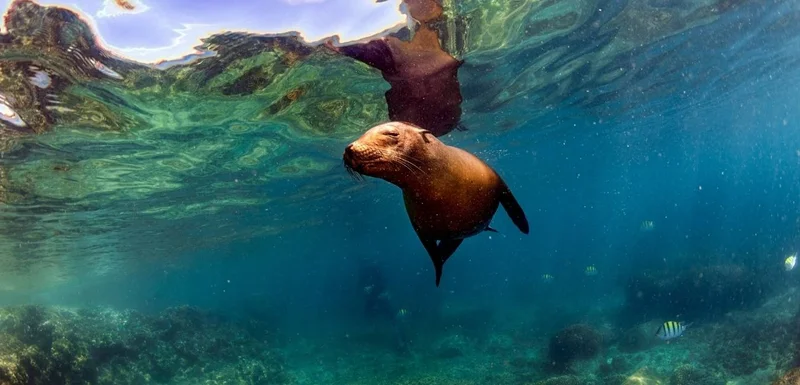
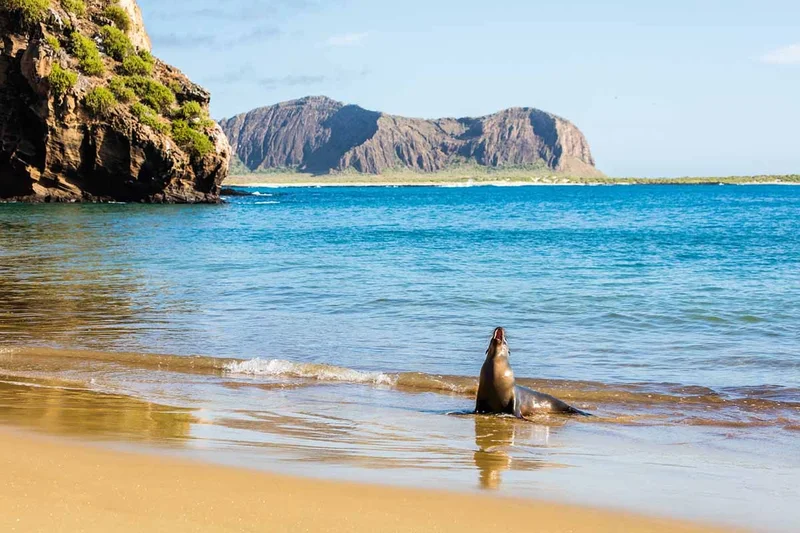
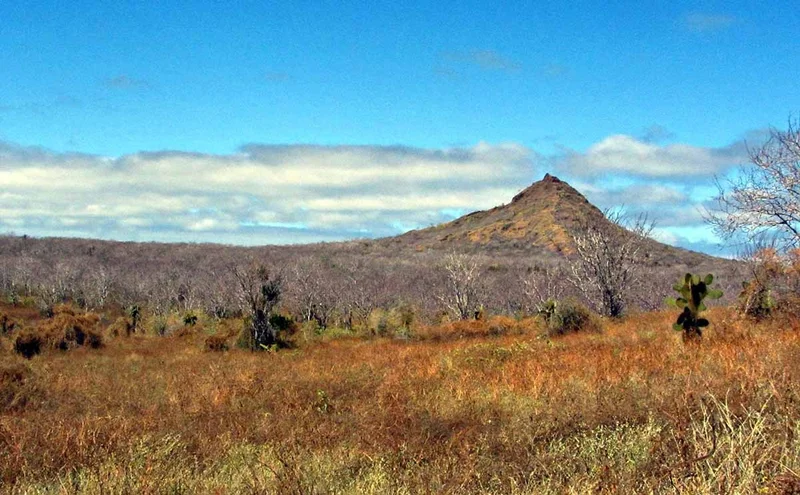
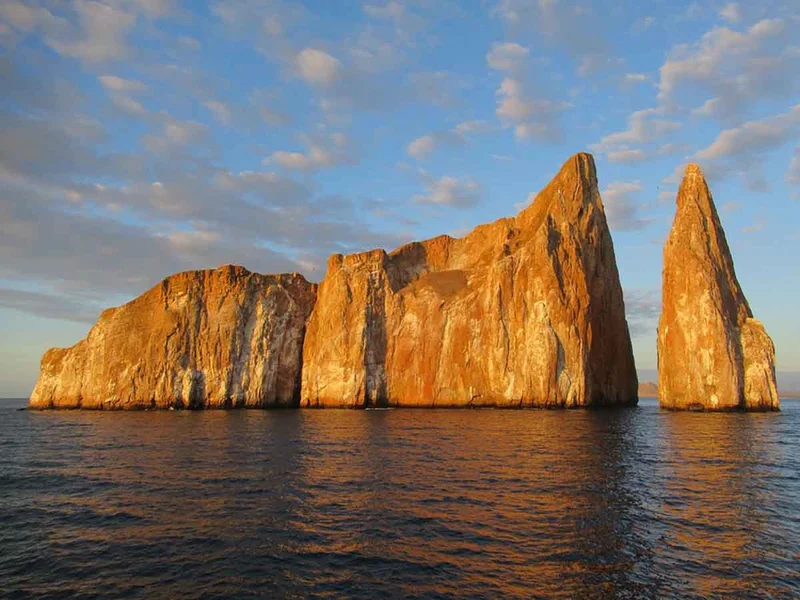
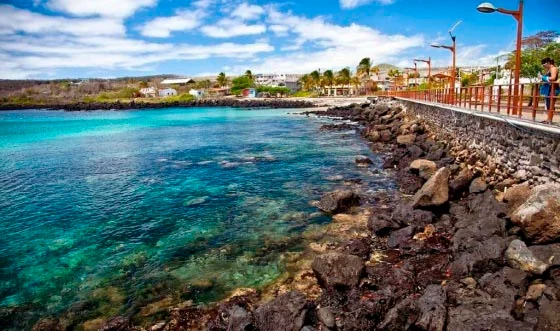






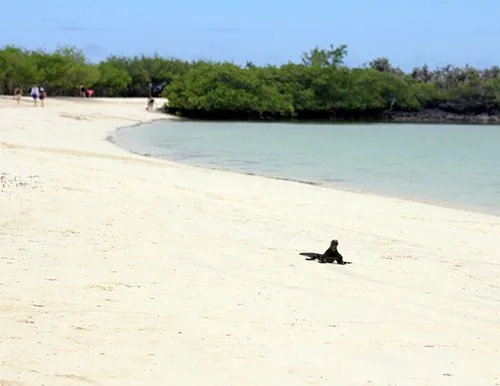

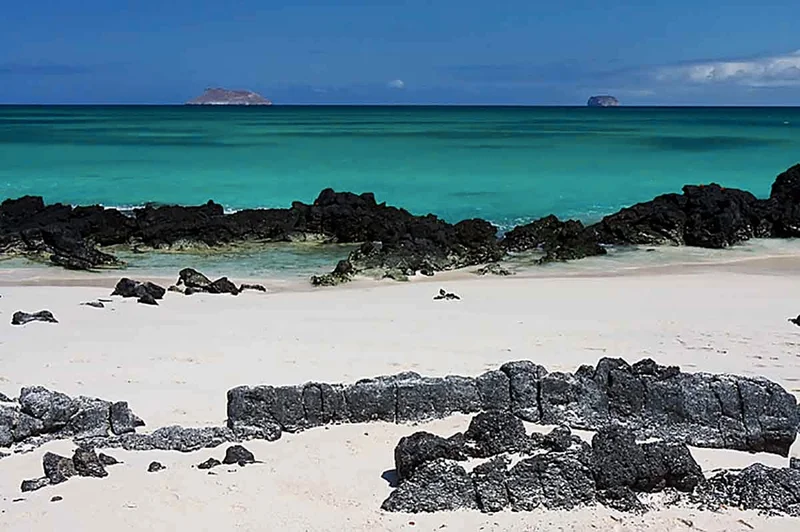

4 Day Galapagos Itinerary Includes
- Sailing cruise with daily visits & excursions accompanied by licensed bilingual (english/Spanish) guide.
- Accommodation in standard cabin with lower berths, private facilities and complete amenities.
- All meals during cruise and some snacks. Drinking water, coffee and tea.
- Snorkeling equipment (mask, fins, snorkel) and sea-kayaks.
- Transfers within islands and between sites on cruise dates and/to from airport in Galapagos.
- Airport assistance on Mainland and in Galapagos and 24/7 Customer Service attention.
- Cruise fuel surcharge.
4 Day Galapagos Itinerary Does not Include
- Flight tickets from/to Ecuador Mainland (to be added).
- Galapagos National Park Entrance Fee $200 per adult & $100 per child under 12 years-old in cash on arrival.
- Galapagos mandatory Transit Card $20 in cash on airport (Quito or Guayaquil) before check-in.
- Personal expenses, extras, tips and drinks.
- Mandatory Insurance: medical, accident and cancelation coverage.
- Any other services on Mainland (hotel nights, transfers, tours, others).
Itinerary Map

Reviews
Animals you might see on this itinerary:
More information about the Galapagos Islands you visit in this 4 day itinerary:
Galapagos Express East 4-Day: San Cristóbal - Coral I & II Yacht
Why travel with us?
Similar Itineraries
